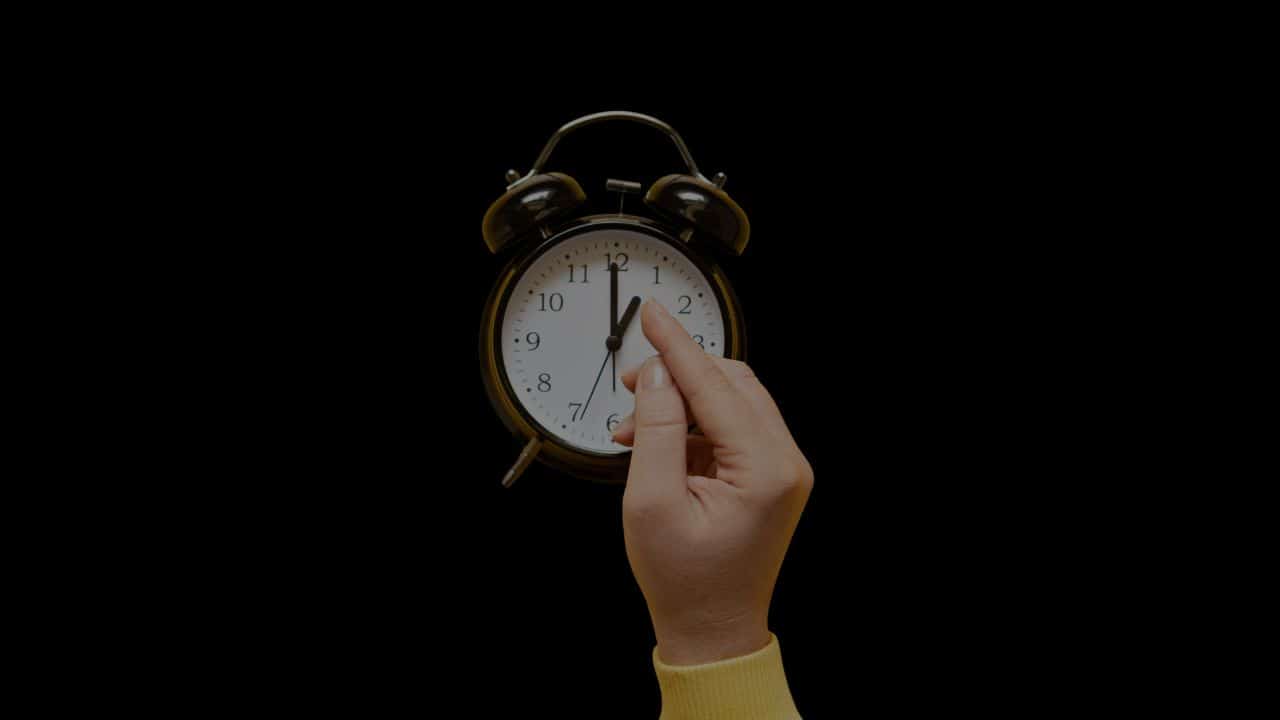Daylight saving time (DST) is here again, bringing a shift in time that will impact millions of people. As clocks move forward by an hour, many may wonder how this change works, when exactly it happens, and what effects it has. Here’s everything you need to know about daylight saving time in 2025.
When Does the Time Change for Daylight Saving 2025?
The time change will occur at 2 a.m. on Sunday, March 9, 2025. At this moment, clocks will jump forward one hour to 3 a.m., signaling the start of daylight saving time. This means that from Sunday onwards, the sun will set an hour later in the evening, giving people more daylight in the afternoon and early evening hours.
How Does the Time Change Work in Spring?
During the spring forward transition, the clocks are set ahead by one hour. As a result:
- Sunset occurs an hour later, allowing for longer daylight hours in the evening.
- Sunrise also shifts an hour later, meaning mornings may feel darker for a few weeks.
- We lose an hour of sleep, which can take some time for people to adjust to.
Most digital devices like smartphones, computers, and smartwatches will update automatically. However, manual clocks, including wall clocks, microwaves, and wristwatches, will need to be changed manually.
The Impact of Daylight Saving Time on Health
Research has shown that the sudden shift in time can have short-term health effects. Studies indicate that in the days following the time change, there is:
- An increased risk of heart attacks and strokes.
- A rise in traffic accidents, as drivers may be sleep-deprived.
- Disruptions in sleep patterns, which can affect concentration and productivity.
Experts suggest adjusting sleep schedules gradually in the days leading up to the time change to reduce its impact.
When Does Daylight Saving Time End?
Daylight saving time will end on Sunday, November 2, 2025, when clocks will fall back one hour. At that point, the sun will rise and set an hour earlier, marking the return to standard time.
Which U.S. States and Territories Do Not Observe Daylight Saving Time?
While most of the U.S. follows daylight saving time, Hawaii and most of Arizona do not observe it. Additionally, U.S. territories such as:
- American Samoa
- Guam
- Northern Mariana Islands
- Puerto Rico
- U.S. Virgin Islands
These regions remain on standard time throughout the year.
Which Countries Observe Daylight Saving Time?
Daylight saving time is widely observed in Europe, with countries such as:
- France
- Italy
- Spain
- Germany
- United Kingdom
- Switzerland
Some parts of Canada and Australia also follow daylight saving time. In Africa, Egypt is the only country that observes the practice.
The History of Daylight Saving Time
The idea of daylight saving time has been around for centuries, but its origin is debated.
- Benjamin Franklin suggested adjusting schedules for better use of daylight in a satirical essay in 1784.
- New Zealand scientist George Hudson proposed a two-hour clock shift in 1895 to allow more daylight for his bug-collecting hobby.
- British builder William Willett campaigned for moving clocks forward in 1907 to encourage outdoor activities and save energy.
Germany became the first country to officially adopt daylight saving time during World War I in 1916, aiming to conserve fuel. Other European nations quickly followed, and the United States introduced daylight saving time in 1918 for similar reasons.
The current daylight saving time schedule in the U.S.—starting on the second Sunday in March and ending on the first Sunday in November—was established under President George W. Bush.
As daylight saving time begins, it’s important to prepare for the shift. Whether adjusting your sleep schedule, updating manual clocks, or understanding its effects, being aware of the change can help make the transition smoother.
So, don’t forget—before you sleep tonight, set your clocks forward one hour and get ready to enjoy longer daylight hours!
The Information is Collected from CBS News and Yahoo.




































